THE PIP APPROACH
ABOUT

Building a foundation for sustainable change
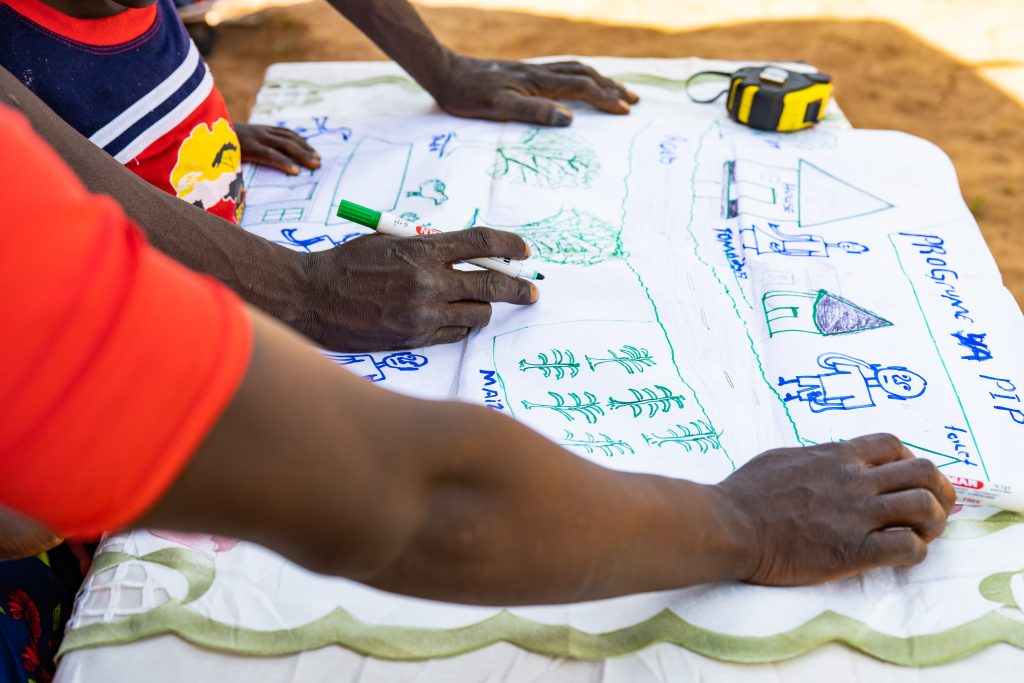
A family draws their desired future
The PIP approach is an inclusive bottom-up approach that engages people in environmental stewardship and sustainable change. Primarily focusing on smallholder farmer families, it motivates them to draw, plan and act together to improve their farm, land and household. The approach shifts mindsets: from farming by default to actively engaged, and from seeing problems to seeing opportunities. With a strong emphasis on long-term restoration and sustainability, PIP ensures that development efforts extend beyond immediate gains, laying the groundwork for lasting change.
At the heart of the approach is the Participatory Integrated Plan (Plan Intégré Participatif in French), a vision and action plan drawn by each family and village. This process inspires ownership, encourages collaboration around common goals and fosters a proactive mindset, enabling communities to shape their own future. In East Africa, the PIP approach has already empowered hundreds of thousands of farmers to turn their vision into reality, creating their own foundation for sustainable change.

The approach originated in Bolivia in the early 2000s in response to the failure of top-down development programs to effectively tackle the root causes of land degradation at scale. In 2014, the PIP was piloted and then further developed in Burundi, focusing on “inspiring and mobilizing communities at scale to restore their environment and take an active role in sustainable development”.
Over the past decade, PIP has evolved from a farm-household approach to a comprehensive intervention strategy that engages stakeholders at all institutional levels. While smallholder farmers and their communities remain central, PIP now stimulates a collective sense of environmental stewardship, encouraging all actors to take shared responsibility and work together towards sustainable change.
Origin and evolution
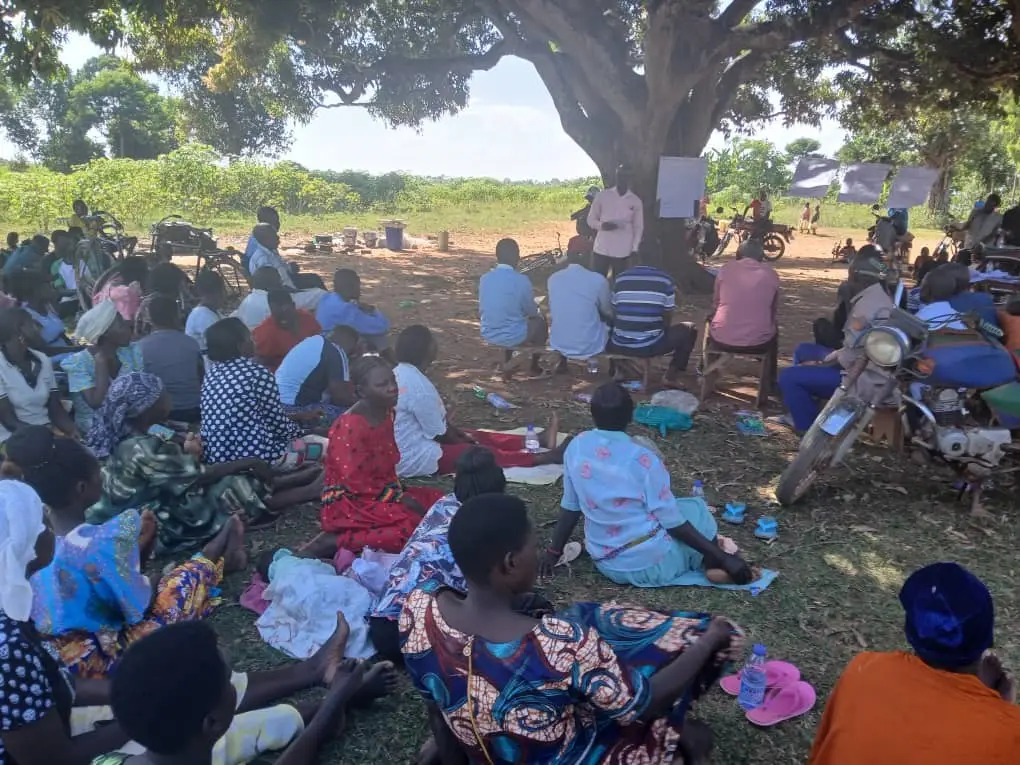
Farmer households learn about the PIP approach during a community assembly

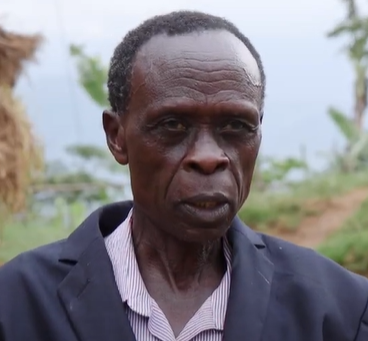

Process and principles

A PIP drawn by a Burundian family: left the current farm situation, right the desired future farm
A PIP consists of a drawing of the current situation, an illustration of the desired future situation (vision for the next 3-5 years) and a concrete action plan outlining practical steps to get there. While primarily used by smallholder farms and households, the PIP creation process can also be applied at village, school, watershed, district, or farmer group level. Creating a PIP binds people together, and the desire to achieve their common goal is what keeps them together.
Although creating a PIP may seem straightforward, it is a dynamic and iterative process that unfolds over weeks or even months. Learning is at its core: as people gain insights from their families, neighbors, and project facilitators, they continuously learn how to improve, do better and reach their vision. Through awareness, visioning, planning and action, PIP farmers find solutions to their challenges, build confidence in their own abilities and strengthen their capacity for long-term resilience.
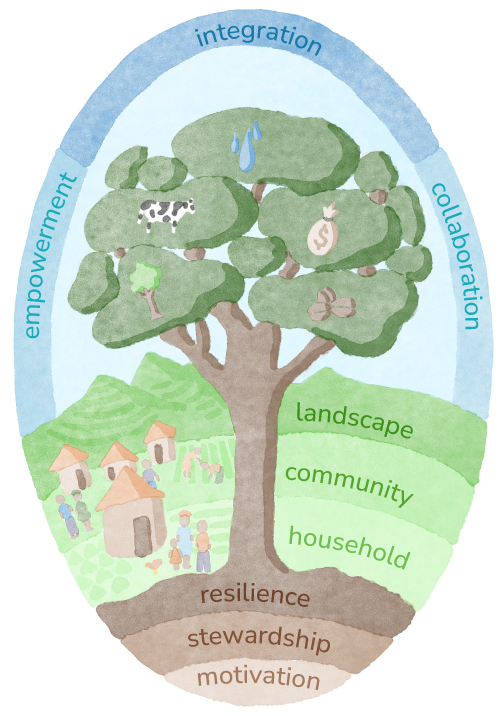
The PIP tree visually represents the approach. Just like a tree that needs fertile soil to grow, the PIP approach works to build a solid foundation for sustainable change based on three principles: motivation, stewardship and resilience. These tenets express that genuinely motivated stakeholders, who are responsible environmental stewards and committed to strengthening social and ecological resilience, are crucial for the long-term success of any intervention. Unlike many top-down development approaches, PIP thus works from the bottom up, empowering communities to tackle the underlying drivers of environmental degradation and poverty in a way that aligns with their needs.
The blue outer circle represents the three guiding principles that shape the implementation of all PIP activities: empowerment, integration, and collaboration. Empowerment means breaking the dependency syndrome, encouraging people to take control of their own development rather than relying on external aid.
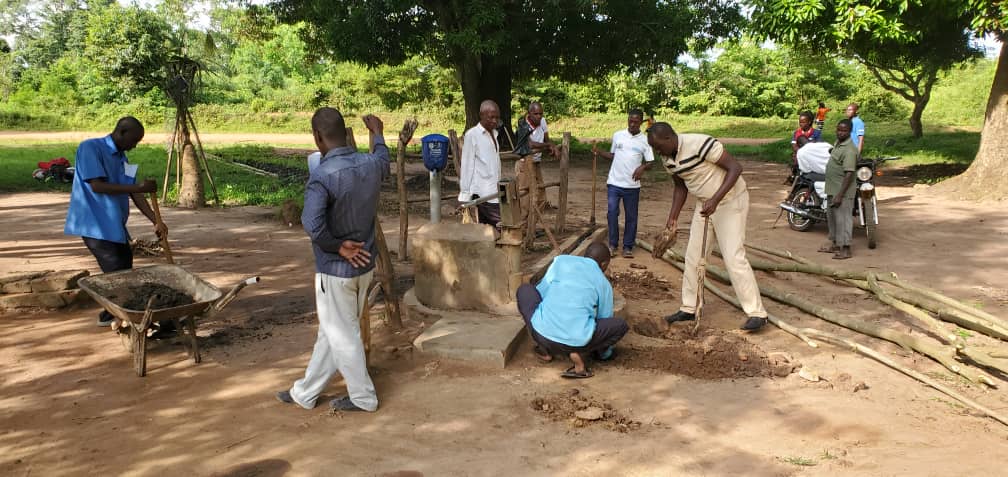
Community members work together to build a village water well
Collaboration emphasizes the power of shared knowledge and collective effort, indicating that people can achieve more when working together. Integration promotes diverse practices and interconnected solutions to enhance resilience. In this approach, PIP staff act as facilitators of change rather than knowledge providers, while farmers evolve from project beneficiaries to agents of change.

The PIP journey
Module 1: Awareness raising at community level
Objective: Engage communities in identifying their challenges, envisioning their future, and taking ownership of sustainable development through the PIP approach.
Output: The first version of the Community Vision, which is the basis for collective activities.

A community gathers to learn about the PIP approach
Module 2: PIP creation with the PIs (PIP Innovators)
Objective: Guide PIs through the process of creating a PIP for their farm and household.
Output: The first versions of household PIPs and identification of training needs for Module 3.
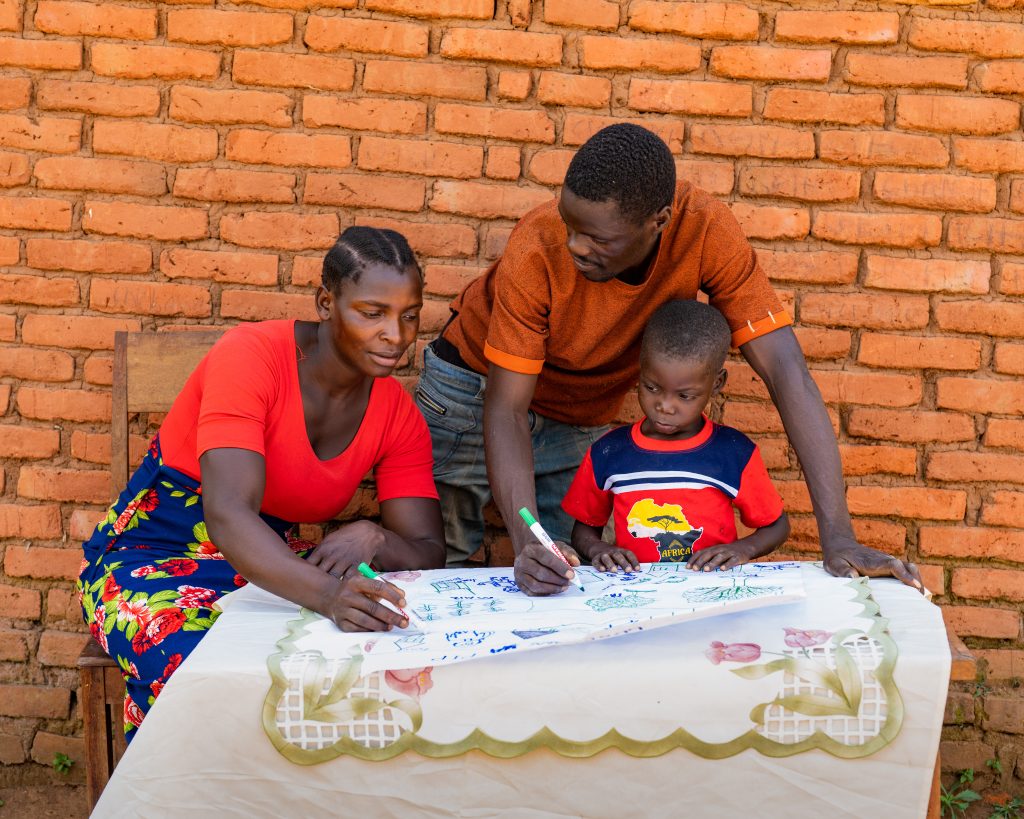
Household members work together to create their PIP drawings
Module 3: Creation of Integrated Plot Plans (IPPs) with PIs
Objective: Guide PIs through the process of creating an IPP to optimize the productivity of plots in a sustainable way.
Output: The first versions of IPPs and technical capacity building for PIs to implement these plans.
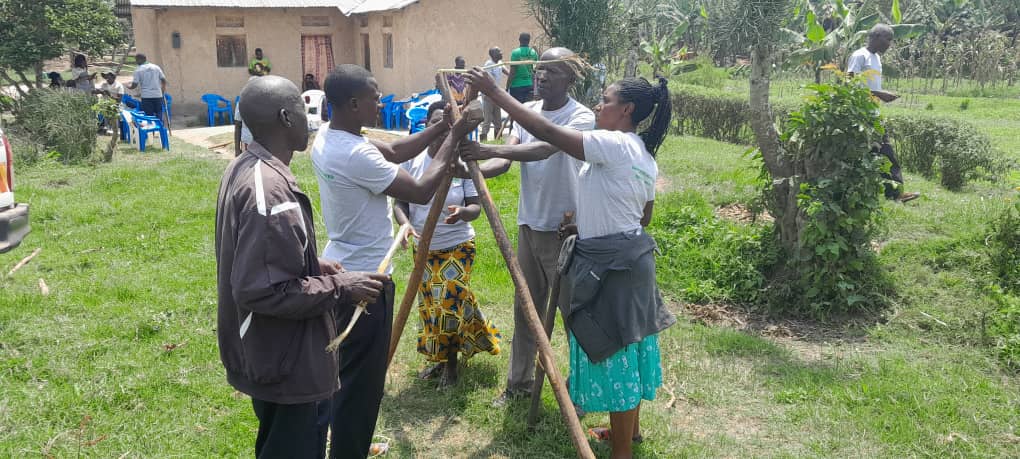
PIs practice building an A-frame as part of their technical training
Module 4: PIP creation on restoration sites
Objective: Facilitate collective planning and implementation of integrated land restoration practices on degraded sites through the creation of site PIPs.
Output: The final version of the site PIP and implementation of collective activities on the restoration site.
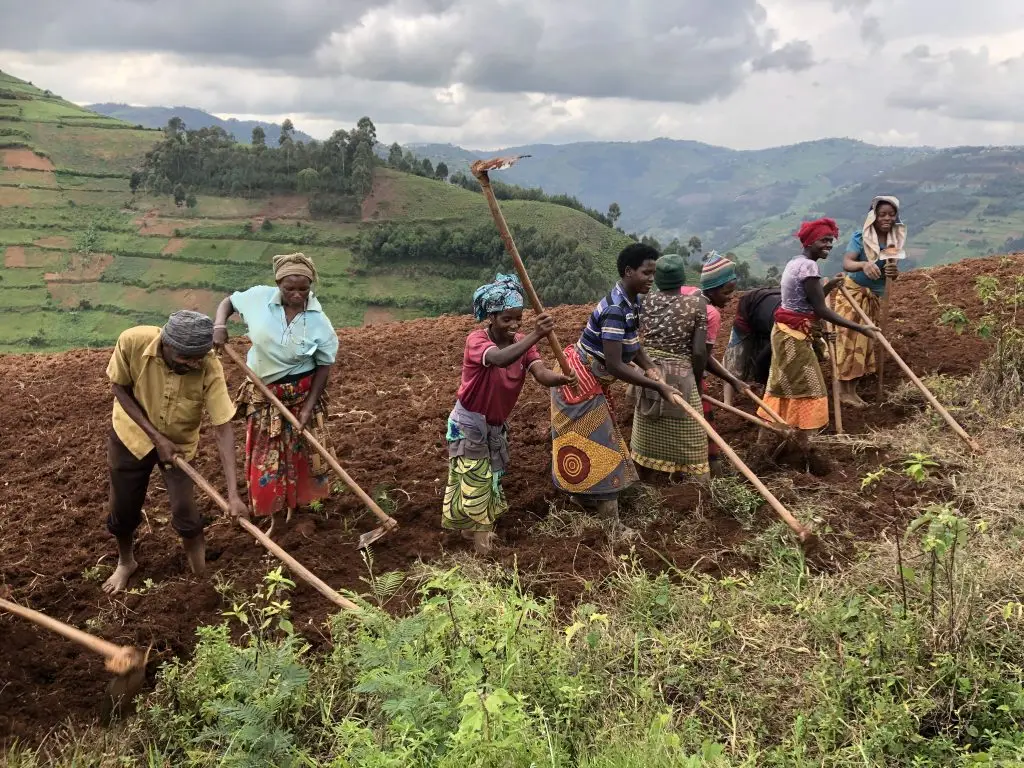
Community members collaborate to restore degraded landscapes
Module 5: Scaling-up PIP and IPP creation
Objective: Guide the upscaling of PIP and IPP creation in project target communities through farmer-to-farmer trainings facilitated by PIP competitions.
Output: A new generation of PIP farmers and the finalized version of the Community Vision.
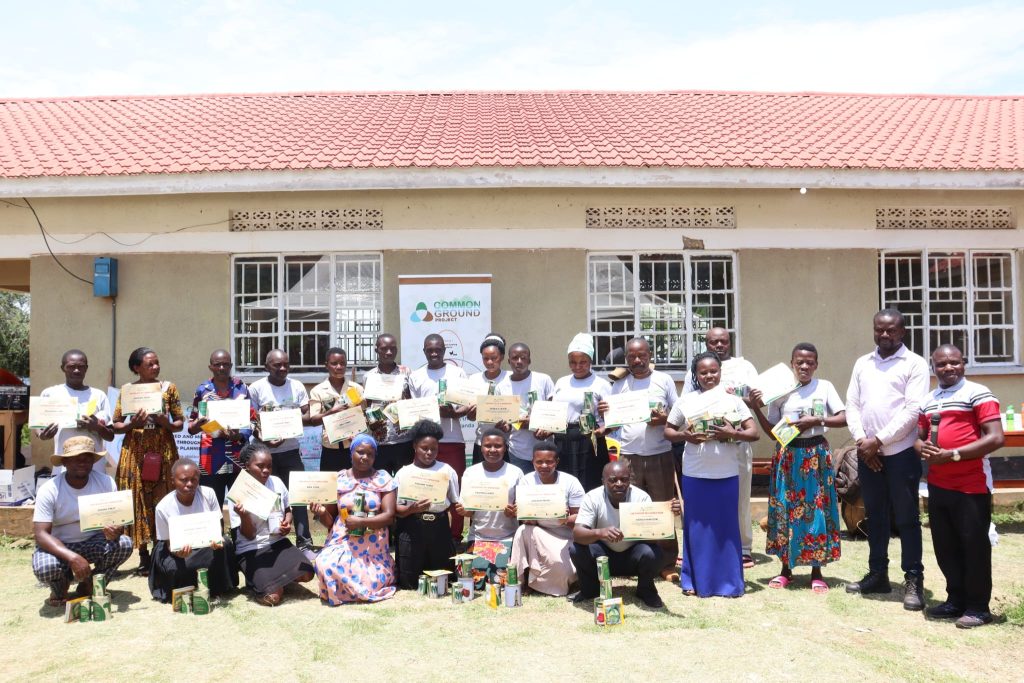
PIs proudly show off their certificates, signifying they are now recognized PIP trainers
Module 6: Group PIP creation (for entrepreneurial activities)
Objective: Support small groups of PIP farmers to collaboratively develop sustainable entrepreneurial Group PIPs that integrate social, environmental, and economic dimensions.
Output: A final business plan that serves as the foundation for entrepreneurial group activities.
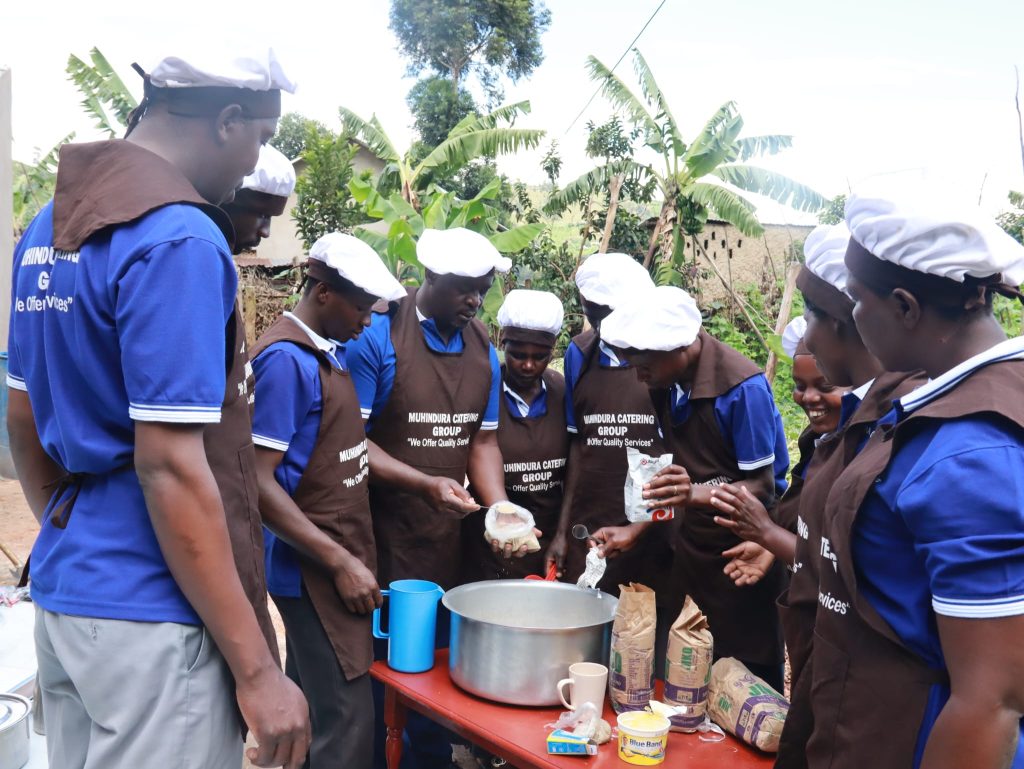
Members of an entrepreneurial group practice their culinary skills

Our team
Wageningen Environmental Research

Aad Kessler

Laurie van Reemst

Mark van der Poel

Myrthe Koenis

Eva Huet

Hosea Opedes

Emmanuel Etonu
Help a Child

Dirk-Jan Otte
dirk-jan.otte@redeenkind.nl
Dorcas

Peter de Hoogh
p.dehoogh@dorcas.nl
ZOA

Inge Vos
i.vos@zoa.ngo
Woord en Daad
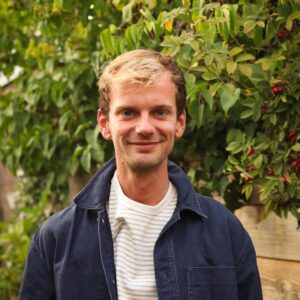
Dico van den Noort
d.vandennoort@woordendaad.nl

Stay tuned
Sign up to receive the PIP newsletter.